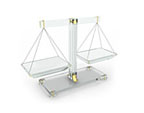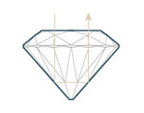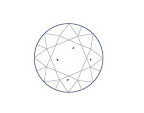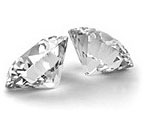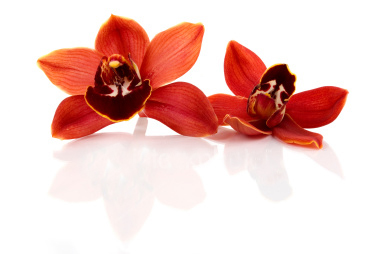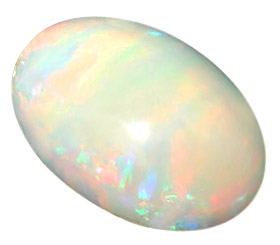If you recently decided to purchase a piece of fine jewelry, you may have come across the 4C’s of diamonds – carat, cut, clarity and color. The 4C’s are the four methods jewelers use to measure diamond quality and create a diamond grading. Each of the methods of the 4C’s determines the quality of a diamond in a different way. As a consumer, understanding the 4C’s can help you choose the best diamond jewelry within your budget.
Carat – A Diamond’s Weight
The first of the 4C’s is Carat. A carat is a unit of measurement that jewelers use to describe a diamond’s weight. Carats are equal to 200 milligrams or about 1/10th the weight of a paperclip.
Carat is typically broken down into a 100 point scale. For example, a 33 point or .33 diamond is one third of a carat. Larger diamonds are more rare, and therefore more expensive.
Sometimes, pieces of fine jewelry are measured in total carat weight, which refers to the weight of all the stones in the piece added up. Often, pieces of jewelry will have several smaller stones that add up to a large total carat weight. To learn more about carats, visit our carat information page.
Cut – A Diamond’s Brilliance
The shape in which a diamond is cut has a great effect on its overall brilliance. The angles of the cut help reflect light through the diamond; bouncing and reflecting it back out to the surface. That is why a well-cut diamond has an almost fiery quality.
Each cut is separated into grades by how much light it reflects. An ideal cut, for example, is in the top 3% of diamonds, reflecting nearly all light that enters the stone. An excellent cut comes very close to the same quality, but reflects just slightly less light, making it more affordable.
For more details, visit our diamond cut information page.
Clarity – A Diamond’s Imperfections
Inclusions are tiny pinpricks of imperfections in a diamond, and the number of them in a stone determines how its clarity is ranked. Diamonds are observed at 10x magnification to find these tiny imperfections.
While there is a full scale (you can take a look for yourself on our diamond clarity information page) it’s easiest to break these rankings into four groups:
- The first are Flawless and Internally Flawless diamonds, with no inclusions.
- Very Very Slightly Included, and Very Slightly Included diamonds have inclusions that are only visible under magnification.
- Diamonds ranked Slightly Included and Included have imperfections that may be visible without magnification.
- Lastly are I2 and I3 diamonds, which Anjolee does not carry.
Color – A Diamond’s Tone
Rated on an alphabetical scale, diamonds are ranked by how pure, clear, and white they look. The highest ranking begins with D, which is a completely white diamond.
As diamonds take on a more yellow tone, their rank moves down the scale all the way to Z. You can see the scale and get a more in-depth look on our diamond color information page.
Using the 4C’s to Your Advantage
If you are interested in buying a piece of fine jewelry, you can use the 4C’s to help you decide on the perfect diamond for a fair price. We have much more information in our 4C’s Guide, and it’s a great resource if you want to learn more. Knowing whether you are in the market for a large stone, the purest white diamond, a diamond with the most radiant cut, or a stone that’s perfect inside and out is a great way to start narrowing down the many options.

